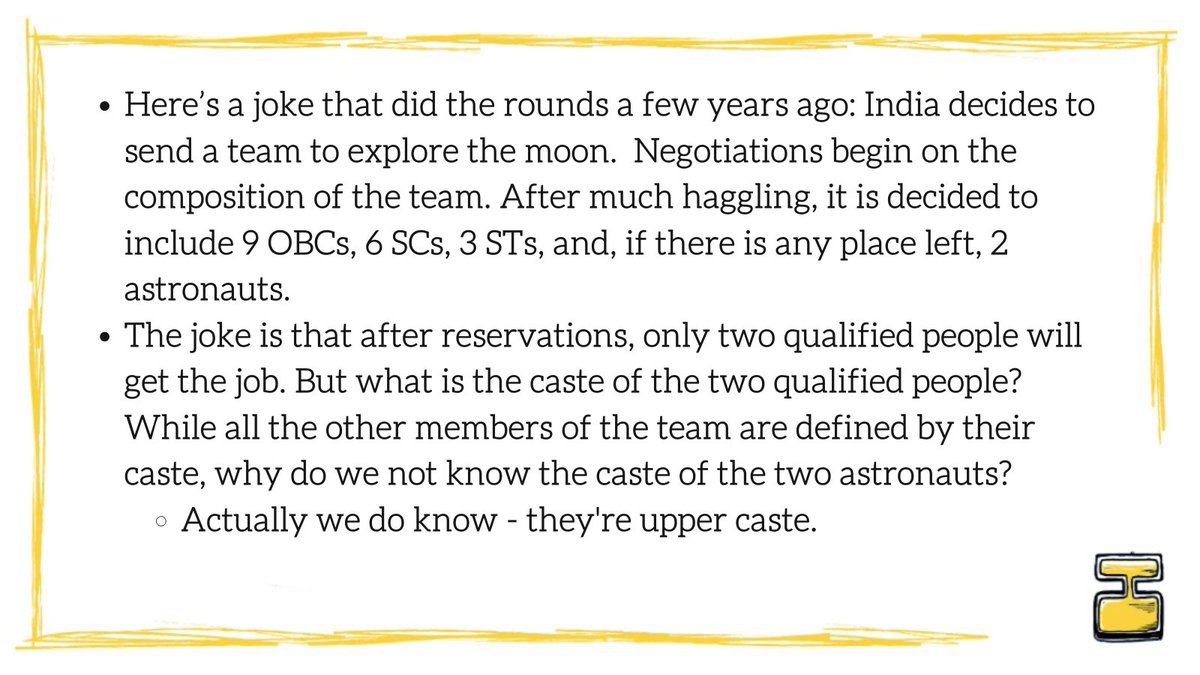
Our mission is to communicate Indian history in a way that’s simple and accessible. Our work is based on academic research - and we always cite our sources!
How to get URL link on X (Twitter) App


 Over the course of Indian history, indigenous groups have been given many names by non-indigenous people. In various old Hindu or Sanskrit texts, they are referred to as rakshasas and nishadas – words meant to insult and dehumanize them.
Over the course of Indian history, indigenous groups have been given many names by non-indigenous people. In various old Hindu or Sanskrit texts, they are referred to as rakshasas and nishadas – words meant to insult and dehumanize them.

 1. For almost a century, the Sangh Parivar has relied on history to sustain itself & normalise its vision of society. Inventing & spreading its own version of Indian history is as crucial to the Hindutva political project as false claims of “racial science” were to Nazi ideology
1. For almost a century, the Sangh Parivar has relied on history to sustain itself & normalise its vision of society. Inventing & spreading its own version of Indian history is as crucial to the Hindutva political project as false claims of “racial science” were to Nazi ideology

 1. Early in the summer of 1918, Indian newspapers announced that a deadly new disease, the “Spanish Flu,” was spreading rapidly across the world. By June, it had arrived in Bombay, which quickly became “a huge incubator of the germs of the disease.”
1. Early in the summer of 1918, Indian newspapers announced that a deadly new disease, the “Spanish Flu,” was spreading rapidly across the world. By June, it had arrived in Bombay, which quickly became “a huge incubator of the germs of the disease.”

 1. There is a strange paradox in India today. Upper castes constantly insist that they don’t see caste or benefit from it. For them, caste identity is no longer associated with hierarchy and discrimination, but with modern concepts such as merit and development instead.
1. There is a strange paradox in India today. Upper castes constantly insist that they don’t see caste or benefit from it. For them, caste identity is no longer associated with hierarchy and discrimination, but with modern concepts such as merit and development instead. 
https://twitter.com/IndiaInkHistory/status/1368544061221576708First up, the story of how sati was abolished. A western-educated "middle class" intellectual - Raja Rammohan Roy - actively campaigned to end the practice. But not for the reasons you'd think.
https://twitter.com/IndiaInkHistory/status/1368542761486413827

 1. The legal system established by the British in India was based on a promise that in matters such as marriage, inheritance, succession and adoption, Indians would be governed according to their own laws.
1. The legal system established by the British in India was based on a promise that in matters such as marriage, inheritance, succession and adoption, Indians would be governed according to their own laws.